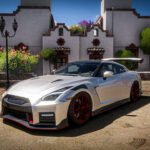JDM is an acronym for Japanese Domestic Market and refers to cars manufactured by Japanese companies for sale within Japan. These are built to comply with the regulations of the country. JDM is a term familiar to experts, and enthusiasts of the automotive world.
Early Years
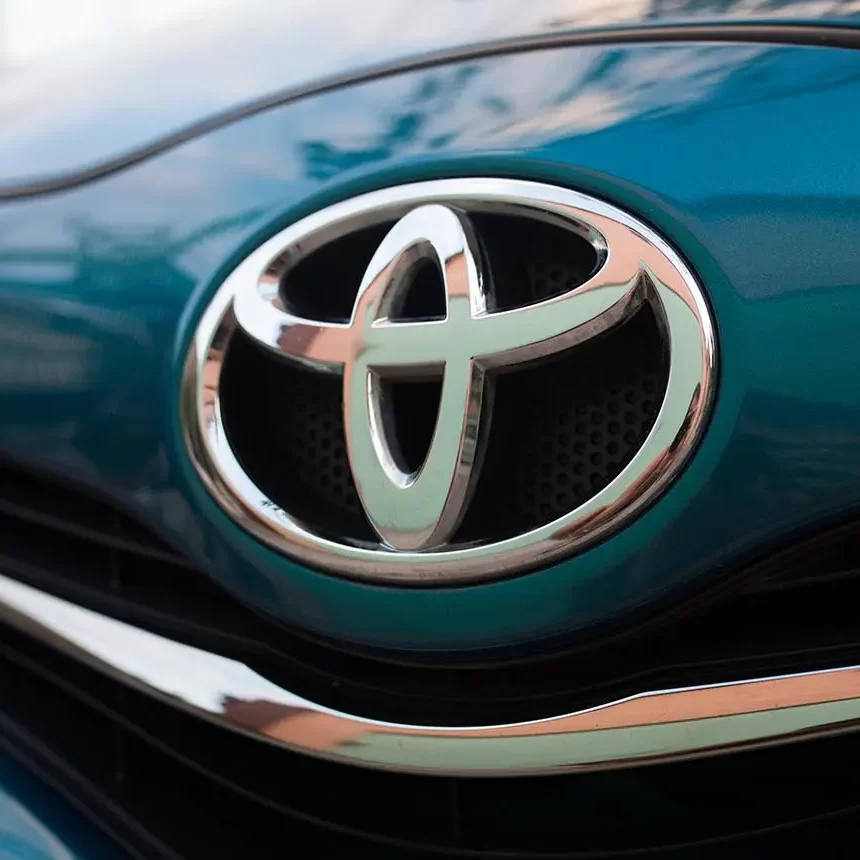
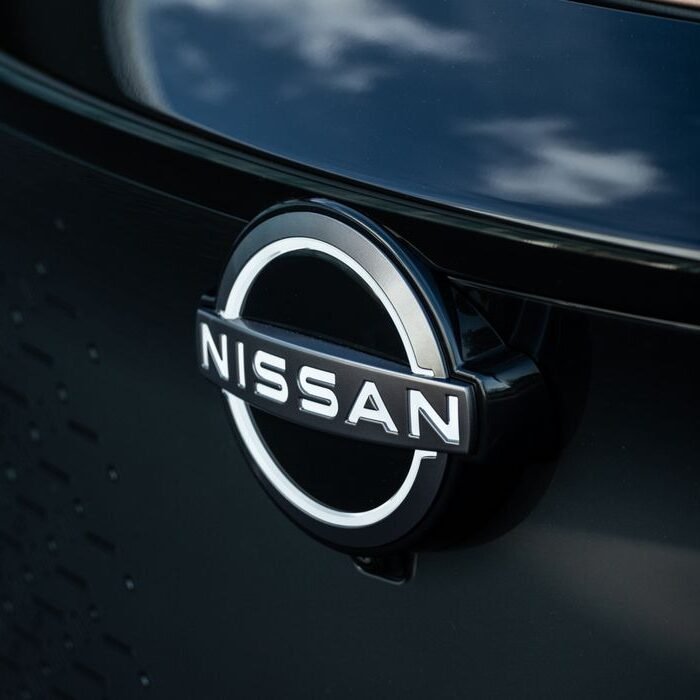
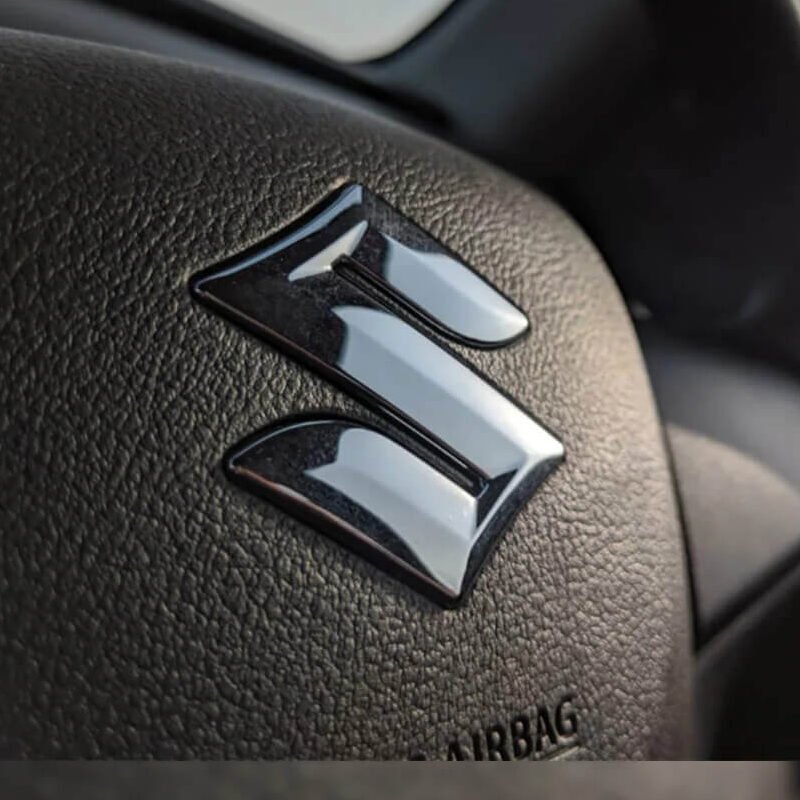
The history of JDM cars can be traced back to 1980 with the Toyota AE86. Today, Toyota alone produces over 3 million cars annually in Japan. Other major players in the JDM market include Nissan, Mitsubishi, Suzuki, and Honda, all of whom have established themselves as leaders in the global automotive industry.
The foundation of Nissan’s automobile industry was laid by Masujiro Hashimoto, a mechanical engineer who studied manufacturing in the United States and built his first vehicle, the DAT-31, in 1914.
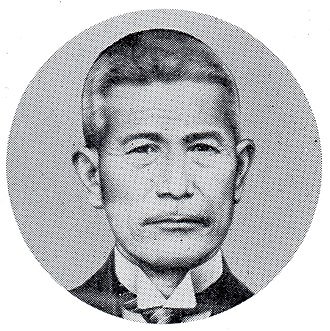
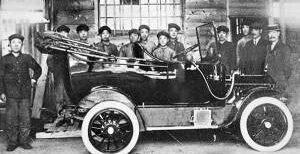
First Japanese Car (the early 1900s – 1950s)
Komanosuke Uchiyama played a pivotal role in the early days of the Japanese automobile industry. He build the first car in Japan using a gasoline engine imported from the United States in 1902 and then created the first car entirely made in Japan in 1907.

However, American car manufacturers had already begun producing cars in Japan for the domestic market by 1930 and were producing nearly 20,000 units per year, while domestic Japanese manufacturers only produced a fraction of that number.
This began to change as Japan fully embraced industrialization in the 1930s, with as many as 16 automobile manufacturers by 1935. The government’s Automobile Manufacturing Industries Act of 1936 was passed to break the American car monopoly, and as a result companies such as Toyota and Datsun were formed.
Competition with European manufacturers (1980-the 1990s)
By 1985, Japanese automakers had established themselves as highly efficient, advanced operations. Their manufacturing and management systems were at levels that other countries wouldn’t match for another decade and they were constantly improving their products with a focus on technological innovations and environmental sustainability.
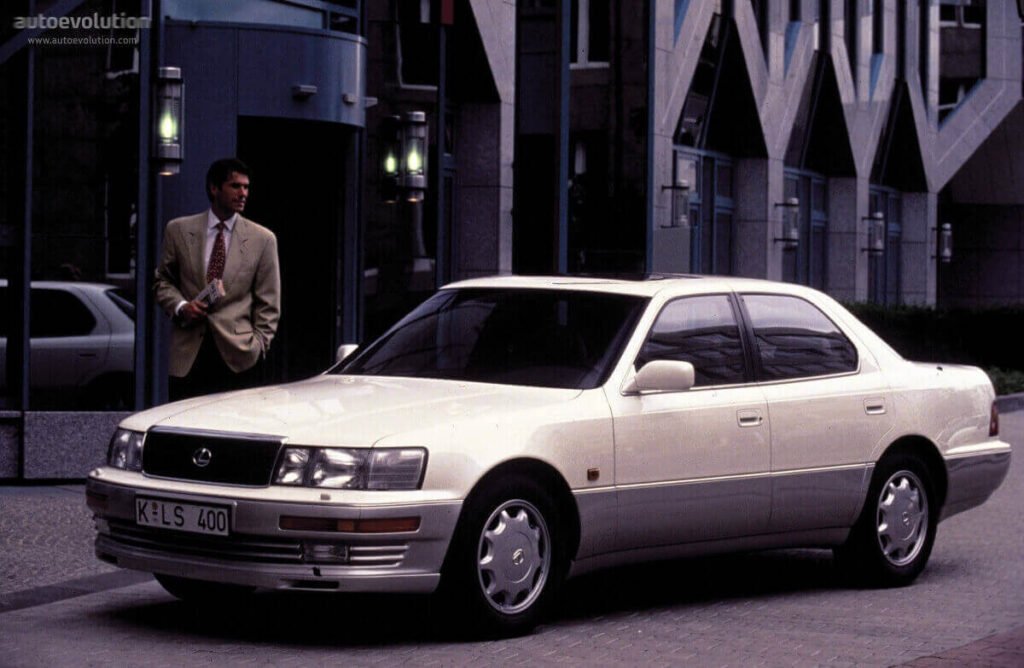
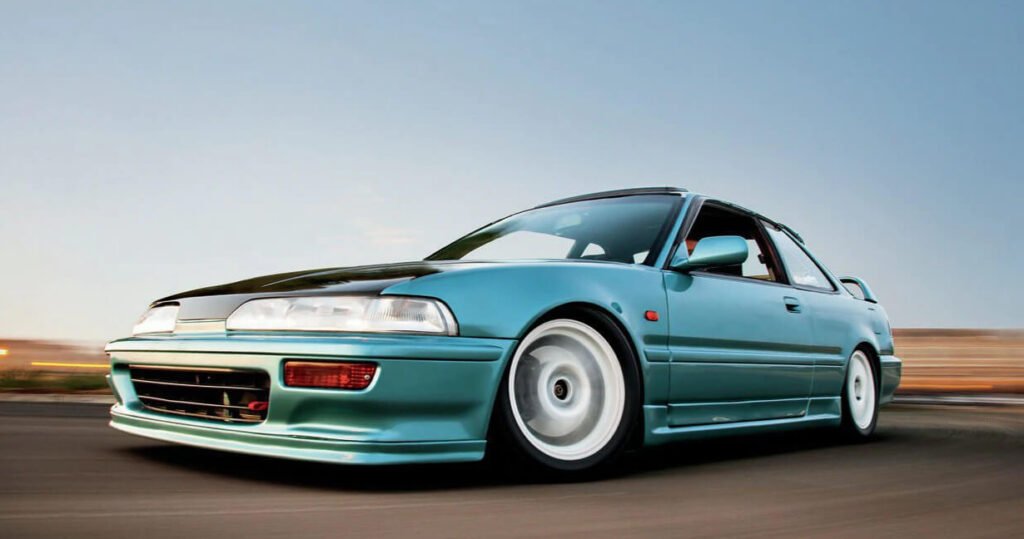
versus

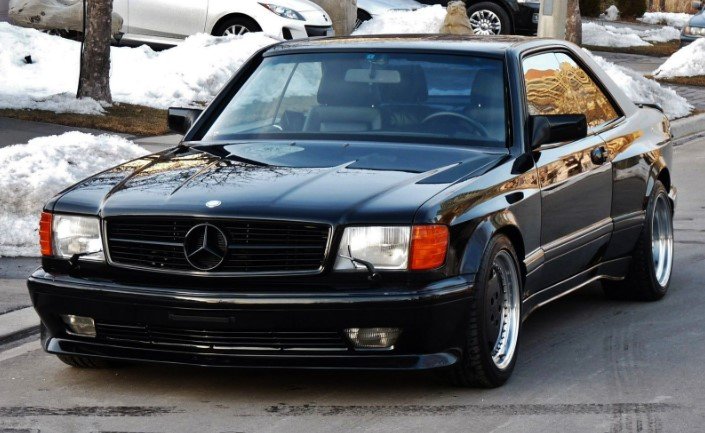
Safety was also a priority, and in response to protectionist sentiments, they began manufacturing cars in local markets such as the United States. They entered the luxury car market in the mid-1990s, with high-end co-brands such as Acura and Lexus being produced to compete with European manufacturers like BMW and Mercedes-Benz.
Way to American Market (1990-)
As the 1980s drew to a close and the 1990s began, Japanese cars began to make their way into the American market. These sports cars from Japan offered a unique combination of characteristics that the American market found appealing: they had the affordability and low price point of domestic American cars, but also had performance specs that matched those of European exotics.
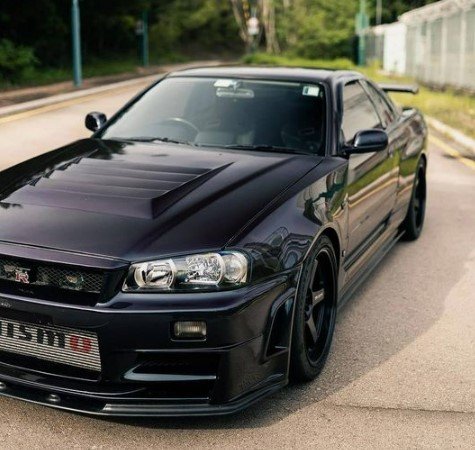

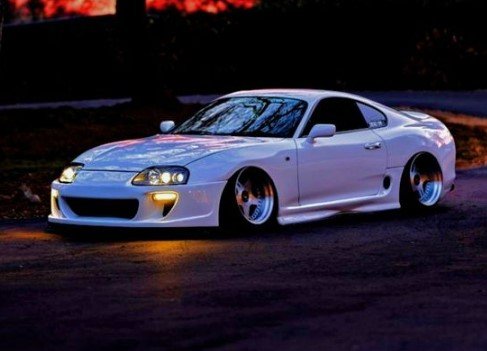
This popularity of JDM vehicles during the 90s continues to be felt in the present day, as many of these vehicles from the mid-to-late 90s era still hold their value and even appreciation, vehicles such as Toyota Chaser, Mazda RX-7, and Toyota Supra have become legendary among JDM enthusiasts.
Fast and Furious era (the early 2000s)

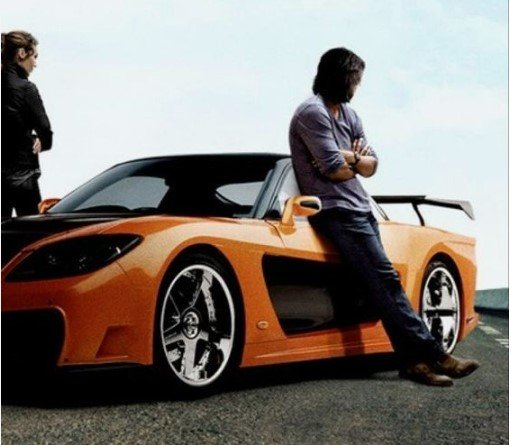
However, it was the Fast and Furious franchise in the early 2000s that propelled JDM cars and culture into the mainstream. With the portrayal of Brian’s famous Skyline GT-R in the first two films and Han’s RX-7 in the third film. This brought JDM cars into the eyes of millions worldwide and solidified JDM as a prominent global automotive culture.
New Era of JDM cars
In recent years, the JDM scene has evolved significantly from what it was in the past. In the early 2000s, JDM cars often featured flashy under glow, outrageous body kits, and often-questionable exterior modifications. But today, the trend has changed and given way to a new era of JDM enthusiasts.


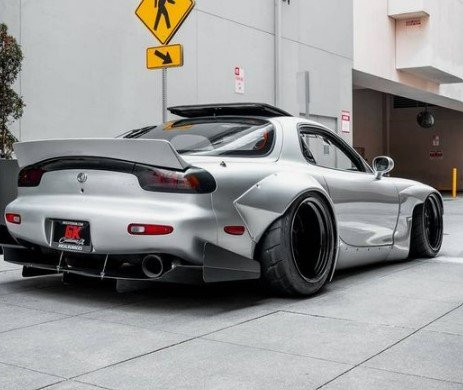
The popular groups today are more towards standing, drifting, tuning, show cars (like JDMs seen at SEMA), and race cars. Regardless of one’s specific interest, you will find a vibrant and welcoming community of people who share a common passion for JDM cars.

